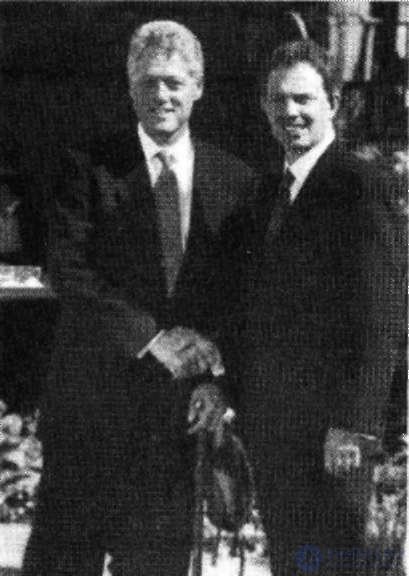During official photography, two leaders usually stand side by side. They try to look the same, but those who are on the left side of the picture usually make a stronger impression. When shaking hands, it is easier for him to move his hand to the position with the palm down, which creates the impression that he is the one who dominates this pair. All of the above can be easily seen in the photo of the handshake of John F. Kennedy and Richard Nixon before the TV debates in 1960. At that time, the world had no idea of body language, but Kennedy intuitively felt how to behave. In the photos we see that he usually found himself on the left side, and a handshake, palm down, was his favorite technique.
Kennedy's and Nixon's famous TV debates were convincing evidence of the strength of body language. Studies have shown that Americans listening to the debate on the radio considered Nixon the winner. Those who watched the debate on television, did not doubt the victory of Kennedy. Kennedy's convincing body language distinguished him from his rival and helped win the presidential election.

A handshake palm down - John Kennedy deliberately positioned so as to be on the left side of the picture, which is why Richard Nixon looks weaker 
The location on the left side of the picture gives Bill Clinton a distinct advantage over Tony Blair. 
World leaders sometimes appear in the right part of the picture, which translates them into a subordinate position and visually makes them weaker. 




Comments
To leave a comment
Body language
Terms: Body language